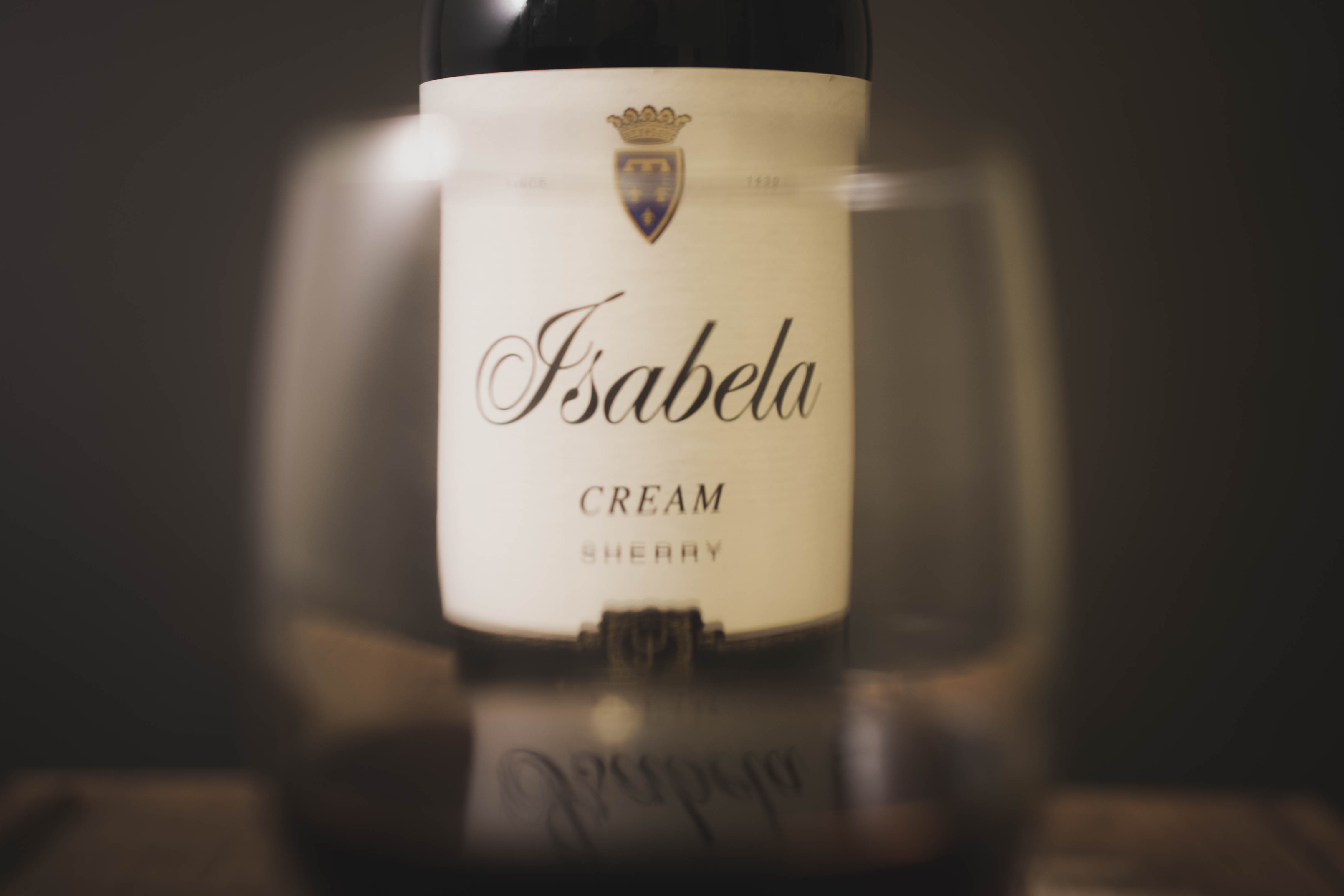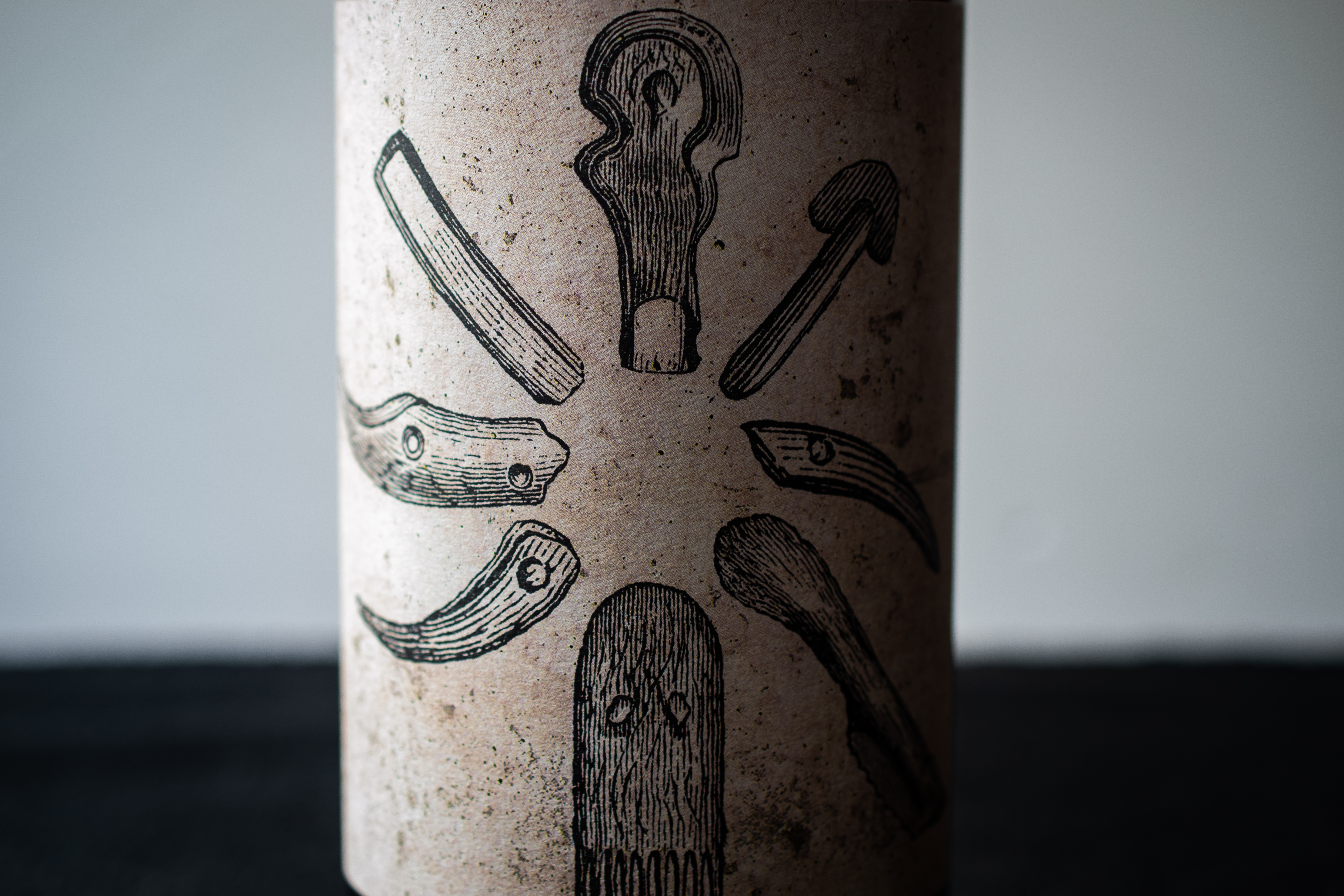“You should’ve been gone!”
…
Somehow I was able to restrain myself from making Steve Perry references in my last Sherry blog, no such luck this time. What do I know about Sherry (other than how I made you feel)? Not much. Within a couple of days of picking up my WSET 3 study material I realized I had lost nearly everything I learned about fortified wine from the previous course. To be fair, the fortified wine section of that material was tacked on at the end with scotch and rum tastings on the same day we were scheduled to take the test, it wasn’t ideal conditions to learn with so much anxiety focused on the end of the class.
While it’s not something I drink often, I do enjoy Sherry. For me it, and most fortified wine, is something is I associate with dessert. I know there are dry Sherries out there, I just haven’t encountered them. So, I picked up several splits at Binny’s to help prepare myself for the upcoming course. At the same time, I went ahead and grabbed this bottle we sell at the Chopping Block.

Isabela Cream Sherry is a blend of Palomino Fino and Pedro Ximénez from the Jerez DO in Andalucia, Spain. Once again, my winemaking notes here are a a bit sparse. Neither the producer, importer, or distributor make any reference to the growing conditions of the grapes, which, to be totally fair, may be the norm for Sherry. Like I said in the beginning, I really don’t know anything about it. I did find multiple references that stated part of the blend was drawn from a 15 year old solera, beyond that I don’t have much.
The best resource I found for information was a website called Sherry Notes, which is an awesome site for learning more about all things Sherry. Of all the sites I visited, they had the most comprehensive review, and a great profile on the producer. As I work my way through the bottles I purchased I’ll be coming back here to try to learn more.
With this style of wine it should be no surprise that it was full-bodied and sweet. It has a creamy texture with fig and cherry flavors. For me, this is the perfect wine to have with a nice brownie or piece of fudge for dessert. Of course, you can also just dunk your Oreos in it.

In many ways I feel like Sherry is this whole new level of the wine experience that I have yet to understand. I can’t help but think about some of my earliest experiences with wine, struggling to figure out how to articulate my thoughts in a new language, to express sensations I had only vaguely acknowledged before. Part of me is excited to find such a vast topic to explore, but another part of me is genuinely intimidated by how much I don’t yet understand.







